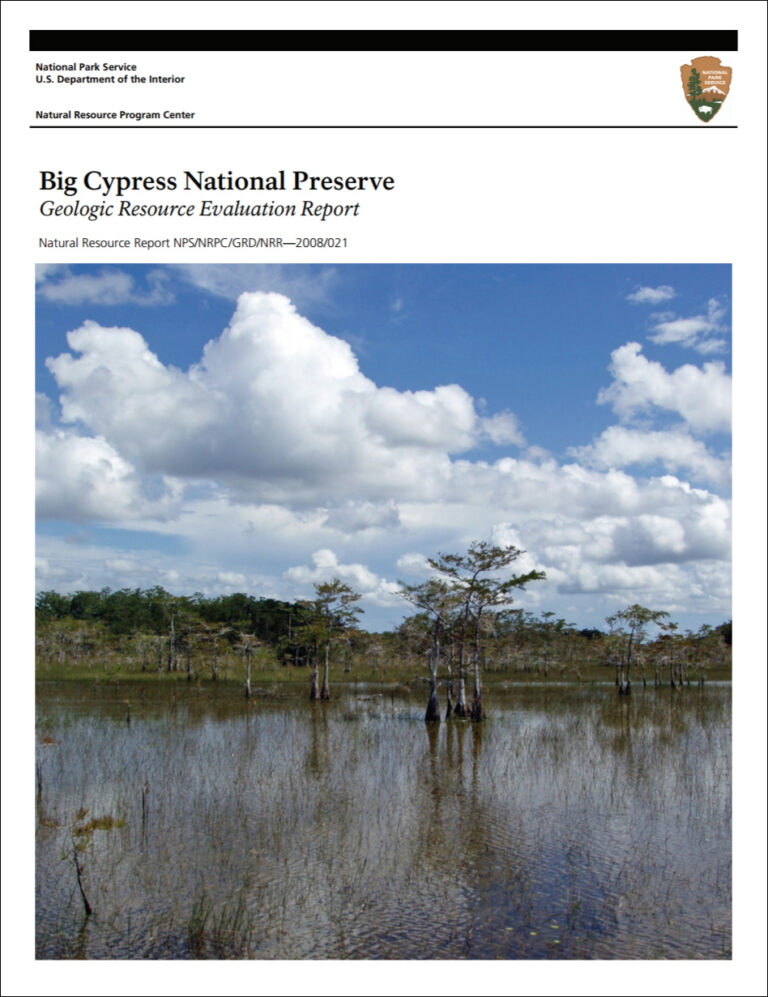The article provides an extensive overview of the geology and hydrogeology of Big Cypress National Preserve in South Florida, emphasizing its unique landscapes and ecosystems influenced by geologic features. The preserve encompasses a variety of habitats, including wetlands, swamps, and hardwood hammocks, shaped primarily by the area’s geological history, including karst processes.
The South Florida basin underlies the region, containing thick sedimentary layers formed since the Late Jurassic. Key formations include the Sunniland, along with the Wood River Formation, which has shaped the area’s aquifers. The hydrogeology is marked by slow-moving water systems, with significant storage capacity that supports local ecosystems. Human activities, such as canal construction, have disrupted these natural water flows, leading to ecosystem threats.
Additionally, the area contains fossil-bearing sediments and has been subject to oil and gas exploration for over 50 years, with ongoing active wells. The geological resources are crucial for understanding water flow, restoring natural ecosystems, and preserving the unique biodiversity of the region.
Source link


